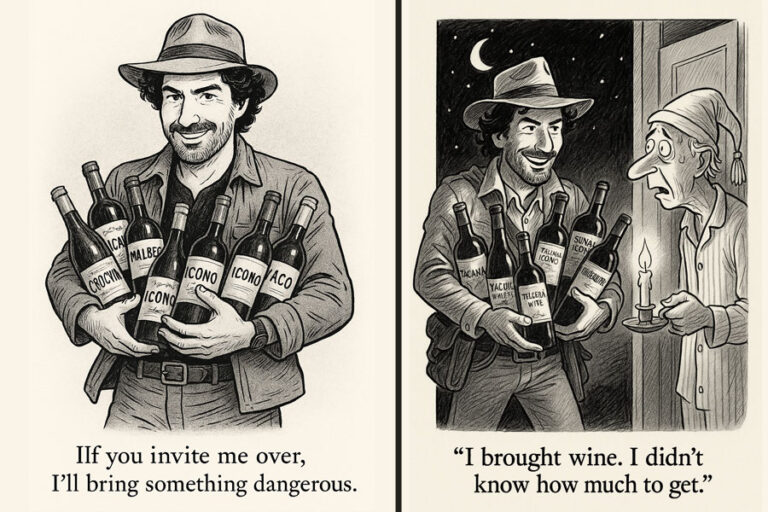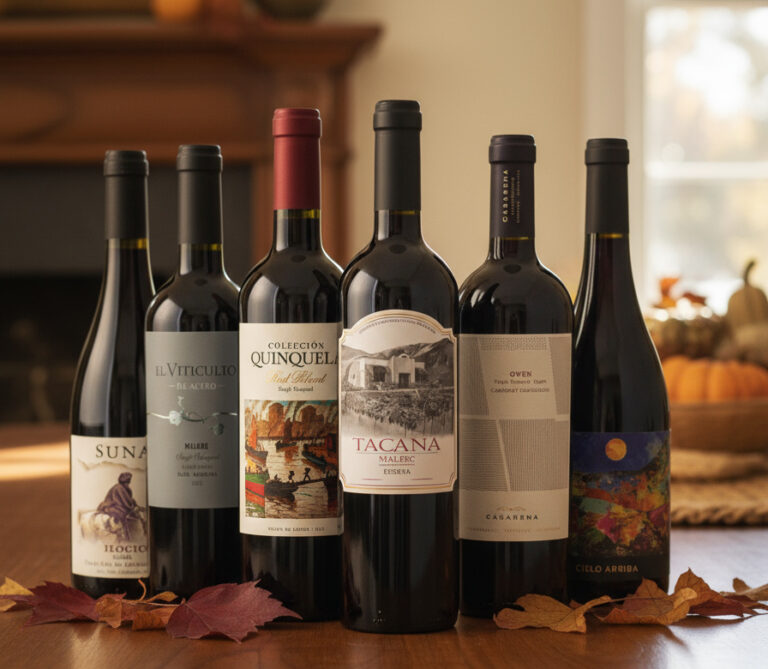[et_pb_section fb_built=”1″ _builder_version=”3.22″ custom_padding=”0px||” global_colors_info=”{}”][et_pb_row _builder_version=”3.25″ background_size=”initial” background_position=”top_left” background_repeat=”repeat” global_colors_info=”{}”][et_pb_column type=”4_4″ _builder_version=”3.25″ custom_padding=”|||” global_colors_info=”{}” custom_padding__hover=”|||”][et_pb_text _builder_version=”3.27.4″ global_colors_info=”{}”]
A number of you have written in asking for more information about the dirty secrets of the mass market winemaking process.
We turn, this week, to those dirty secrets, and how they have resulted in a wine market overflowing with juice but a virtual desert when it comes to flavor.
To borrow from Coleridge, we live in a world of wine, wine everywhere but few decent drops to drink…
To discover why… keep reading below… but first be sure to check out your weekly tasting with French winemaker Julien Miquel…
[/et_pb_text][et_pb_video src=”https://youtu.be/0CqmAits7nk” _builder_version=”3.21″ max_width=”64%” module_alignment=”center” global_colors_info=”{}”][/et_pb_video][et_pb_text _builder_version=”3.27.4″ global_colors_info=”{}”]
Much like milk, cheese, or corn, wine has gone from a local product the taste, color and aromas of which varied greatly depending on the region and vineyard, to a largely homogenized commodity in a vast global market.
Faced with stiff competition and growing demand, winemakers wishing to compete for the average wine shopper increasingly resort to a variety of tricks to ensure reliable profits while stifling the terroir and brute forcing their wines into the “dull conformity” (to quote wine writer Stephan Buranyi) of the global wine market.
First, the vineyards aren’t your traditional old world vineyards… there are no gnarled fruit trees offering shade to the old vigneron as he carefully prunes his vines... tasting a grape every few minutes to see how they’re coming along…
These industrial vineyards stretch out for acres and acres… planted in rows wide enough for giant pesticide sprayers and machine harvesters to pass through…
Like a chicken farm, the operators take no chances when it comes to their profit margin.
The grapes are often overwatered to artificially fatten them up (more juice = more money).
At the first hint of bad weather, they harvest the grapes still green… and later cover it up by adding more sugar during fermentation.
(A lot of those popular wines from California and Australia you find on kitchen counters are notoriously sugary – even if they cleverly use acids and tannins to hide the sweet taste)
These factory wines are then run through a centrifuge … just like NASA does to astronauts to see if they can withstand the G-forces of space flight…
They do that partly because machine harvesters aren’t precise enough to grab only the grapes… so the resulting grape juice will contain bits of twigs, leaves, dirt, and even insects…and partly to remove any trace of sediment, a job which is then fully completed by running the wine through micropore filters two… three… even five times…
And so long to any idiosyncratic expression of terroir …
It’s sterile, safe way to make wine… an efficient industrial process fit for the commodity wine found on so many kitchen counters…
But don’t be fooled – these wines have about as much in common with the great vintages of old as a can of Colt 45 Malt liquor stuffed in a brown bag at the nearest convenience store…
…and the critics have started to notice…
“Only in this century have we seen the hard-earned knowledge of the ancients discarded, almost overnight, in the name of progress… [Winemakers] feel secure with a sterile wine. I say if it is sterile is not alive.” – Best-selling author and wine expert Kermit Lynch
As famous wine critic Robert Parker puts it:
“Anyone who tells you that excessive…filtration does not damage wine is either a fool or a liar.”
This is especially true for Pinot Noirs and Chardonnays… they get destroyed by this.
But there’s more… if only the dirty secret of mass market wine stopped at what’s been taken out of it... not at what’s been put in…
We’ll fill in the rest next time.
For now, however, we shift from minor to major: we’ve received a few requests for 12 bottle collections – we hope to launch this option over the summer (it’s a question of ensuring that our wineries can set enough bottles aside to fulfill the extra demand…)
Until then, please enjoy your weekly tasting with French winemaker Julien Miquel as he explains why you should not pair red wine with cheese… and other common pairing myths…
[/et_pb_text][et_pb_video src=”https://youtu.be/0CqmAits7nk” _builder_version=”3.21″ max_width=”64%” module_alignment=”center” global_colors_info=”{}”][/et_pb_video][/et_pb_column][/et_pb_row][/et_pb_section]



